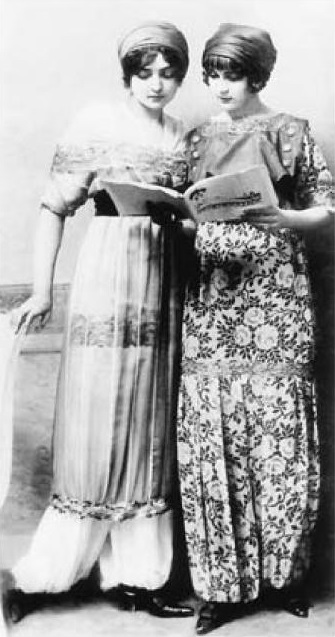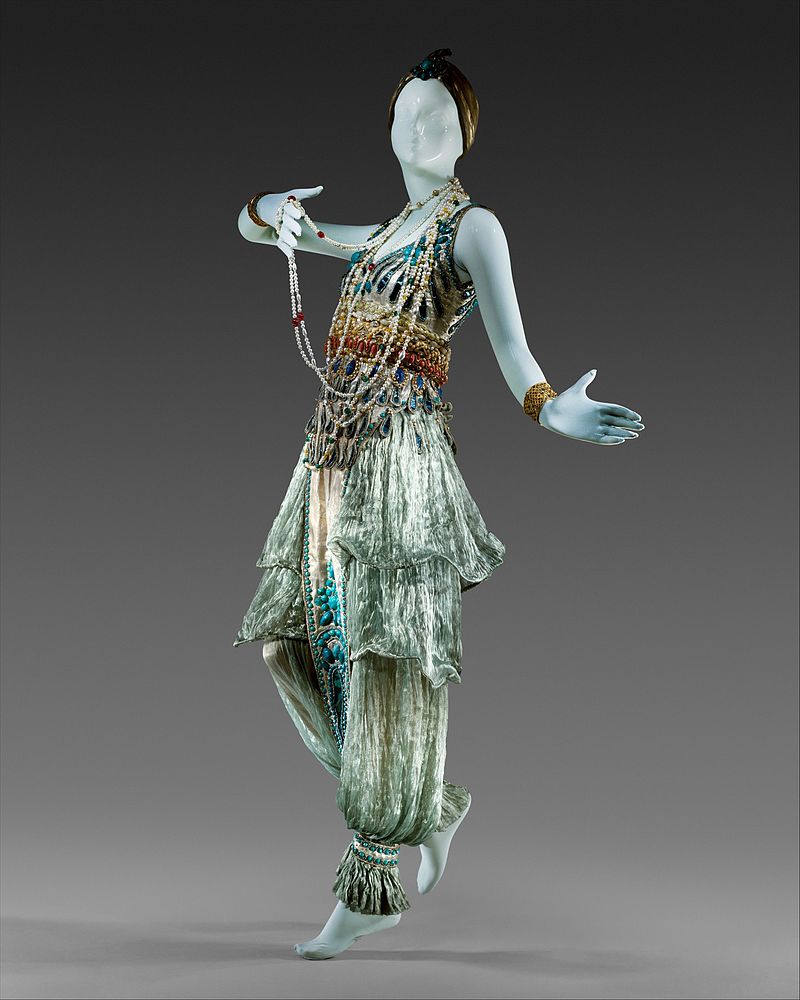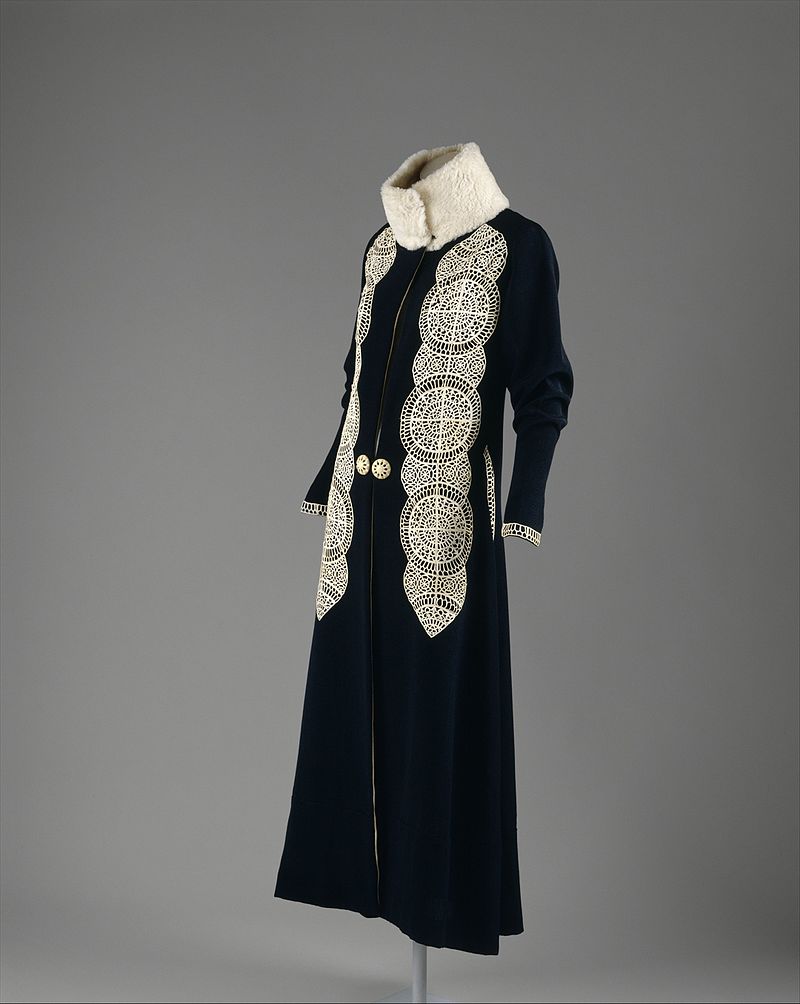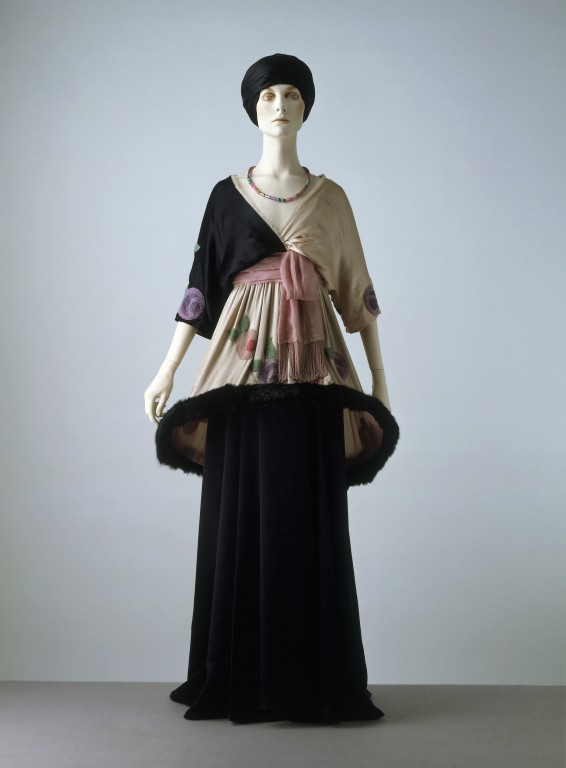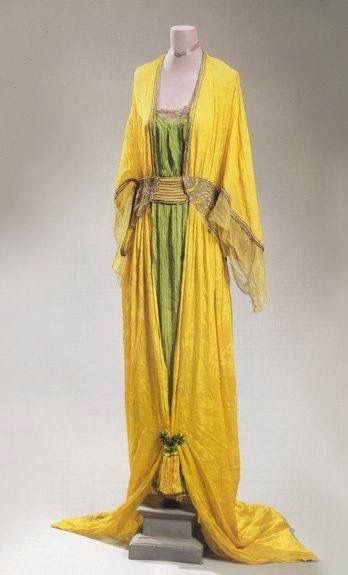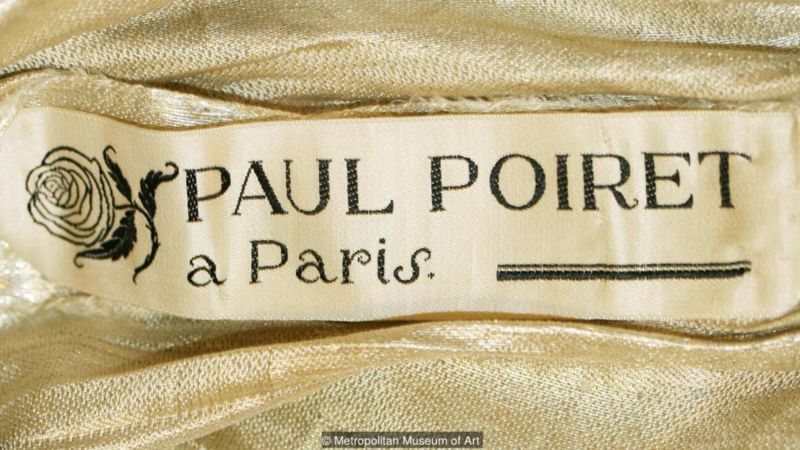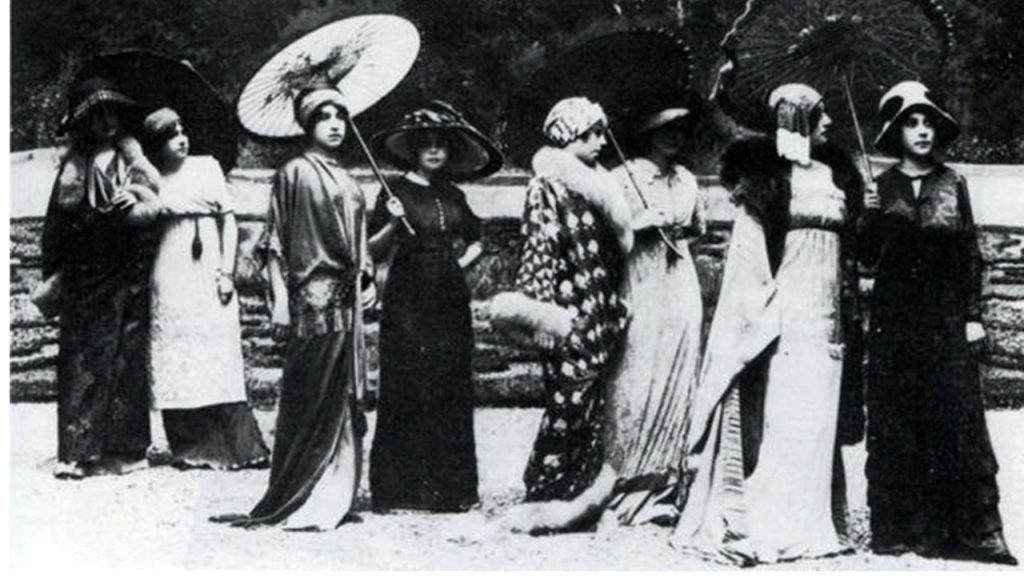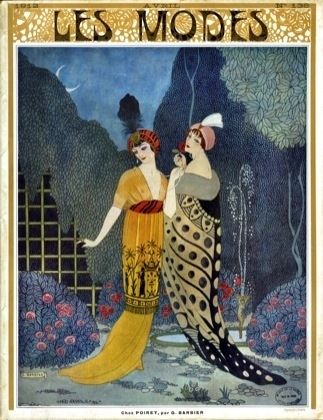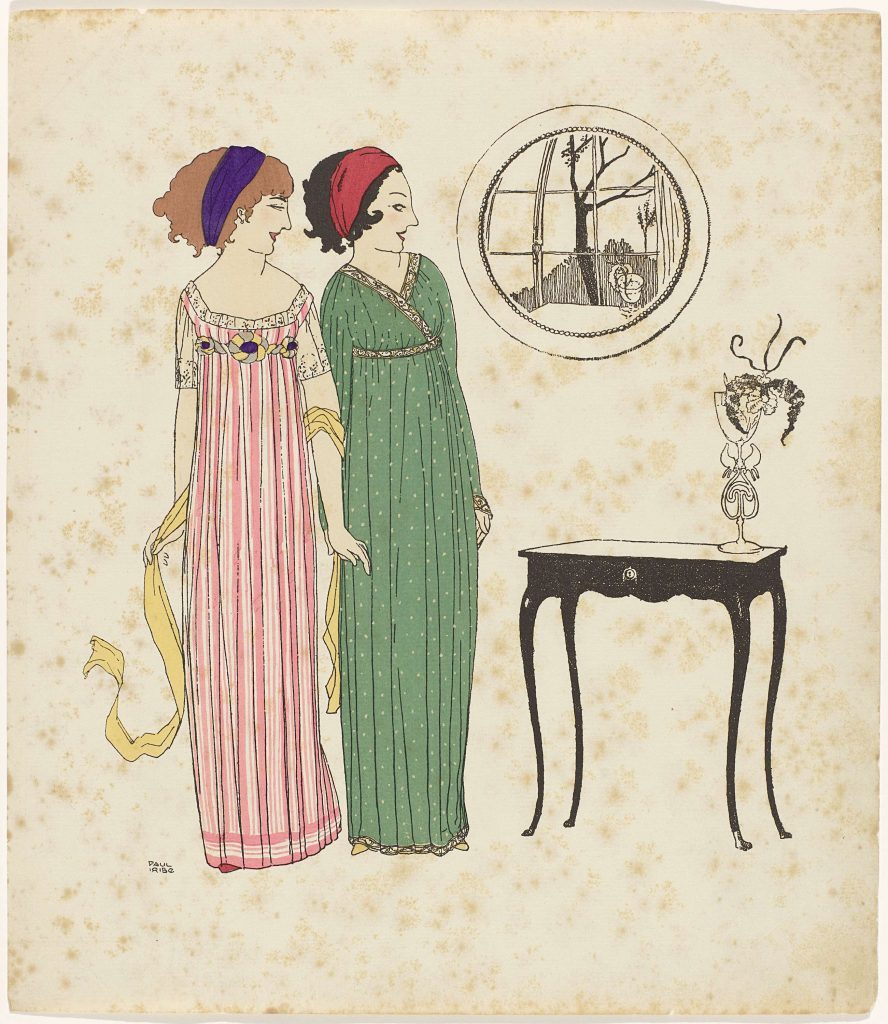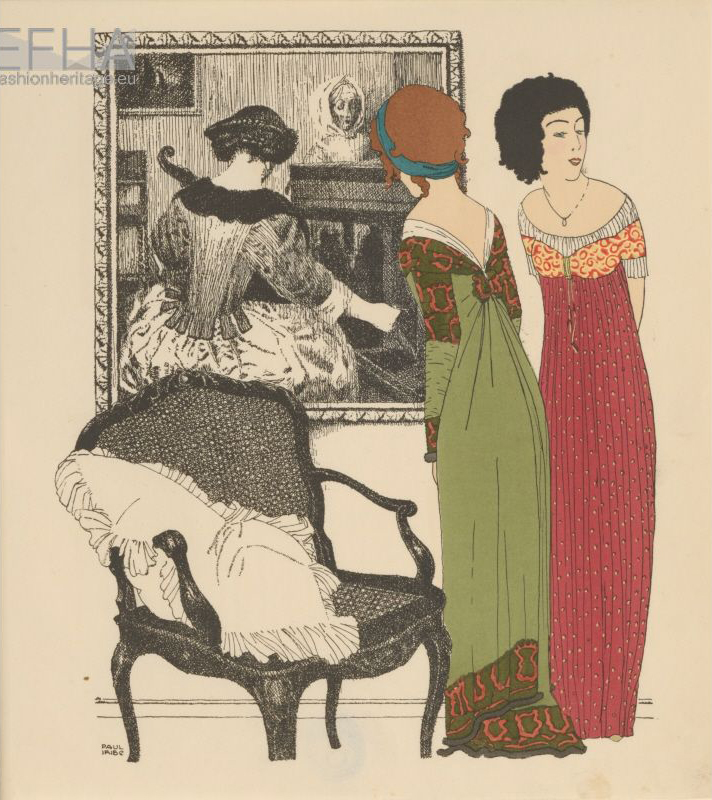Discover the individuals that, like Paul Poiret, have shaped the Firm’s creative director and designer’s aesthetics, philosophy and work in the series ICONS.
A fine commercial sense for business, a theatrical mise en scene and an overflowing imagination led him to fame to fall as quickly as he ascended.
He stripped the woman of her corsets and uncomfortable clothes and dared to be bold and go against moral decorum, creating pieces that would show part of the legs of its wearers, unthinkable at the time. That is why he is considered nowadays as one of the key figures of the XXth century fashion.
Paul Poiret’s is the story of a creator committed to his time, who helped greatly in shaping the Art Decó movement, but who did not know how to adapt to changes in time and died ruined and completely forgotten. It was several decades later that his figure and weight in the history of fashion have been recognized.
When he returned to Paris in 1919 after his service in the 1st World War, the designer was not able to adapt to the new directions that society took after such an event, which resulted into him closing its business in 1929 by bankruptcy.
PAUL POIRET’S STYLE
Overcoming the traditional corset and hyperbolic silhouettes that confined and restrained women’s bodies, he both invisioned a freer, more independent and sophisticated woman and shifted the emphasis away from traditional tailoring to draping.
He modified the traditional silhouette looking both to antique and regional dress types. From the Greek chiton, the Japanese kimono or the North African and Middle Eastern caftan, Poiret advocated of wraping pieces constructed with straight lines and rectangles. By doing so, he changed the paradigm of Western fashion forever, shifting from the statuesque silhouette to the abstract, fluid and cylindrical one.
Poiret was heavily inspired by Sergei Diaghilev’s Ballets Russes, from whom he embraced the Orientalist romantic and theatrical possibilities of clothing. Like his artistic confrere Léon Bakst, costume designer of Diaghilev’s Ballets Russes, Poiret’s exoticized tendencies were captured in his use of vivid colour coordinations and enigmatic silhouettes such as his iconic “lampshade” tunic and his “harem” trousers or pantaloons.
He had preferences for silk fabrics and embroidery, although he also created pleated and plain dresses in cotton and wool materials. In 1908 he also revived the Empire-style dress, which was popular in France during the reign of Napoleon Bonaparte at the beginning of the XIX century.
PAUL POIRET’S LIFE
Paul Poiret was born in Paris in 1879 into a humble family. His father, a cloth merchant, sent him to learn the sewing trade at an umbrella workshop. There he learned the technique and took his first steps in design by taking fabric scraps and designing dresses for her sister’s dolls.
His charisma and talent led him to enter the most exclusive circles of the Parisian Belle Époque scene. This allowed him to land a job at Jacques Doucet atelier, who saw his potential and had him for four years, first as an assistant and later as the head of the tailoring department.
Poiret later signed for the popular fashion house Worth, the father of Haute Couture Charles Frederick Worth, a fleeting but intense step that would be a great boost to his career. At House of Worth he was responsible for designing simple, practical dresses, called by Gaston Worth as “fried potatoes” because they were considered side dishes to Worth’s main course of “truffles”. It would not be until 1903, at just 23 years old, when, to the delight of the fashion lovers of the time, he created his own label.
The coming years were marked by his vision and way of creating, very different from what had been seen until then. His bold innovations in this field have defined the industry of fashion ever since then. He was the first one to develop the concept of PR strategies, a label perfume or catwalks in the modern sense.
The extravagant parties and fashion shows he organized in beautiful locations around Paris, sometimes in the garden of his own house, soon brought him notoriety and aroused the interest of both the clients and the press, giving rise to the catwalk format we know today.
“I could smell what the spirit of the moment was” and began receiving different artists at home to “create an art movement around him,” explained in the autobiography he wrote in the 1930s. From Constantin Brancusi, Kees van Dongen, Robert Delaunay, André Derain, Raoul Dufy, Paul Iribe, Henri Matisse, Amedeo Modigliani or Pablo Picasso, Poiret surrounded himself with artists, designers and architects that would help him develop and promote his work. It was due to these collaborations that he realized that fashion could also be a lifestyle that ranged from furniture to home accessories, influencing the 1910s aesthetics beyond the realms of fashion.
One of the most fruitful relations was with Paul Iribe, who was given total freedom to illustrate his designs and that catapulted both of them. His highly stylized, decorative, and colourful images not only fit perfectly into Poiret’s style, but also provided Art Decó with the basis of his visual language.
His influence began to gradually wane as Coco Chanel’s change of mindset and more sporty, informal aesthetic began to take control during and after the 1st World War. Although he enjoyed a brief resurgence among those who wanted to forget the horrors of the war, Paul Poiret’s extravaganza fell into disfavour and by 1929 he closed his business bankrupt.
It was Chanel who marked the fashion of the following decades, developing further on concepts Poiret had pioneeerd, and creating her own innovations. There is a famous anecdote about the time Poiret met Coco Chanel, already dressed in the LBD she wanted to standardize. “Who are we watching over?” Poiret is said to have asked, “To you, monsieur, “the designer replied sourly.
It is said that at the end of his life he had to beg and sell drawings in Parisian cafes and that only his friend and colleague Elsa Schiaparelli helped him financially. Poiret died in 1944. It wasn’t until 2007 that he got the recognition he deserved, thanks to the exhibition by the MET Museum Paul Poiret: King Of Fashion.







